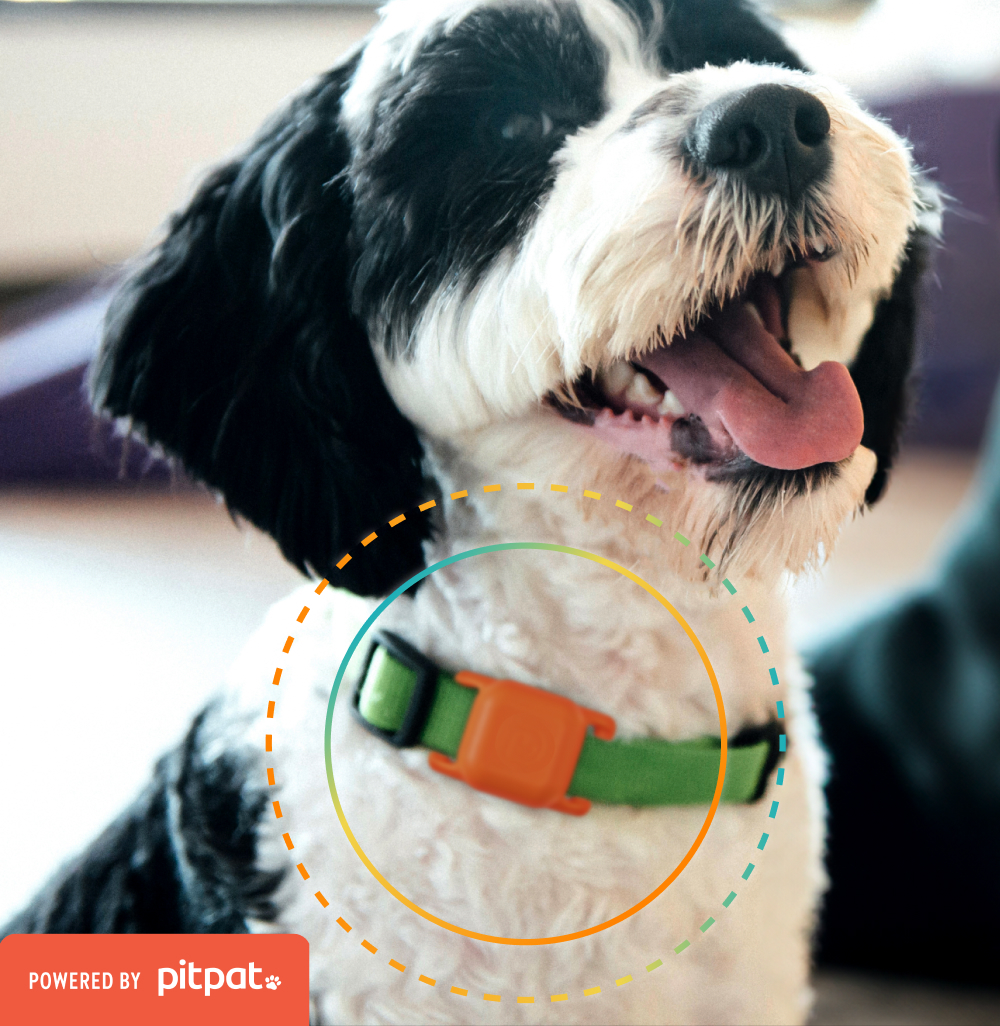Does my dog need dental cleaning? Is there risk with being under anesthesia when getting their teeth cleaned?
Dogs need regular dental care just like we humans do. The dental tartar you see building up on your dog’s teeth is about 80 percent bacteria and it inflames and damages the gums, the bone beneath, and the ligaments that hold teeth in place. This bacteria can enter the bloodstream and cause damage to vital organs such as the liver, kidneys and heart.
Vets encourage dental cleaning because dental disease is painful for your dog. Regular brushing with dog-safe enzymatic toothpaste, dental treats, and dental specific diets will all help slow the buildup of dental tartar, and hopefully lessen the risk of dental disease. Most of our canine companions will eventually need a full dental cleaning with dental X-rays under anesthesia by a licensed veterinarian. Dental X-rays allow your veterinarian to see the large portion of the tooth that reside below the gum line. The frequency of these cleanings will vary by individual and by the amount of home dental care.
Dental disease is often worse in small and toy breed dogs. Small dogs have large teeth for their small mouth which causes the teeth to be overcrowded. The overcrowding allows food and debris to collect between the teeth and cause the buildup of plaque and calculus. This, in turn, can lead to loss of teeth and infection. In contrast, larger dogs tend to chew on toys and other things that keep their teeth healthier, but we often see fractures in these dogs from chewing on rocks and bones. When picking treats, pick products with the VOHC (Veterinary Oral Health Council) seal – these treats tend to be the right balance for your dog’s teeth. As always, consult your veterinarian about what dental program is right for your dog.
With anesthesia, of course there is always risk. But anesthesia has come such a long way. There is pre-operative blood work to make sure everything is functioning properly and your dog can metabolize the anesthesia. Your dog is constantly monitored before, during, and after the procedure. But, be sure to discuss your concern with your vet.



